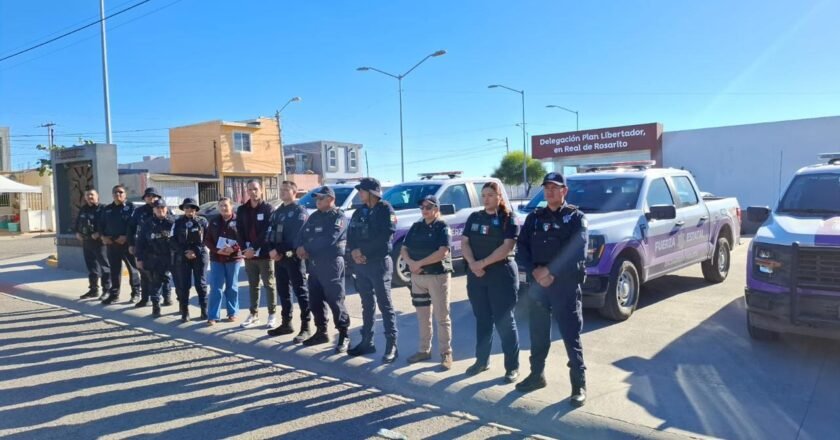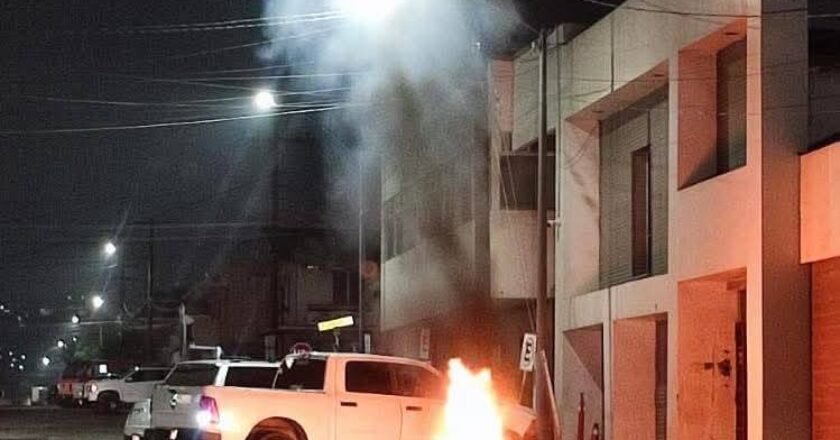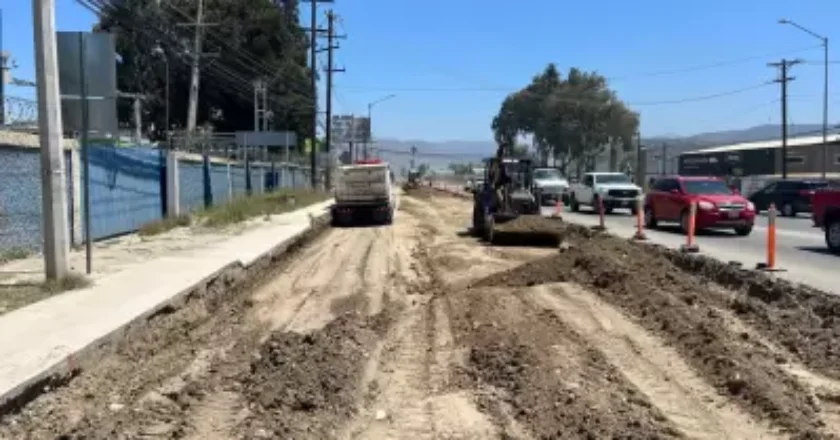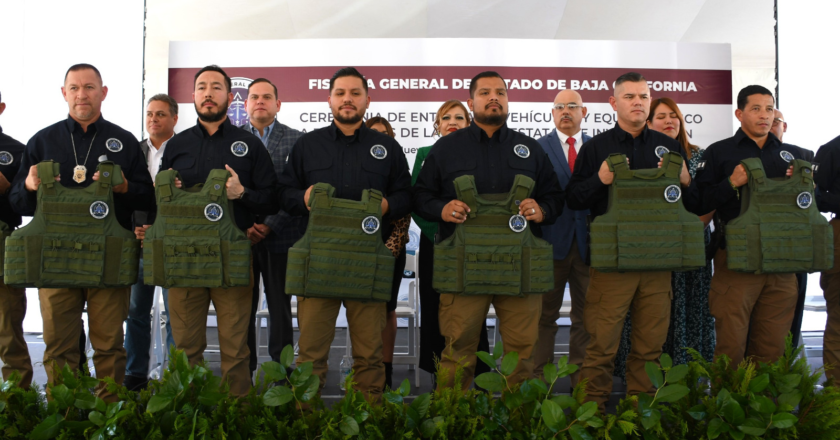Gringo Gazette North – “No Bad News”… but not blind news either. This week Mexico sent two very different messages. …


Gringo Gazette North – “No Bad News”… but not blind news either. This week Mexico sent two very different messages. …

You’d think by now people would know that tequila and traffic don’t mix. Yet here we are, still watching lives …

Early this year, people in Tijuana started showing up at community centers with guns wrapped in towels, plastic bags, and …

PLAYAS DE ROSARITO — This time, the police didn’t show up with flashing lights or handcuffs. Instead, they brought flyers, …

Some nights in Baja California, the sirens are just background noise—an unholy lullaby. But on September 20, that lullaby turned …

Meth Mountain Meets Its Match Baja California just pulled off a drug bust that makes Netflix narco-dramas look tame. Between …

Baja California México – July 29 and 30, 2025. A massive 8.7 magnitude earthquake off Russia’s east coast triggered tsunami …

Dust off your patience—roadwork is back in town. The City of Ensenada just kicked off a major pavement rebuild on …

Their mission: strengthen public safety in high-risk neighborhoods. This week, 400 specialized agents were deployed to Tijuana as part of …